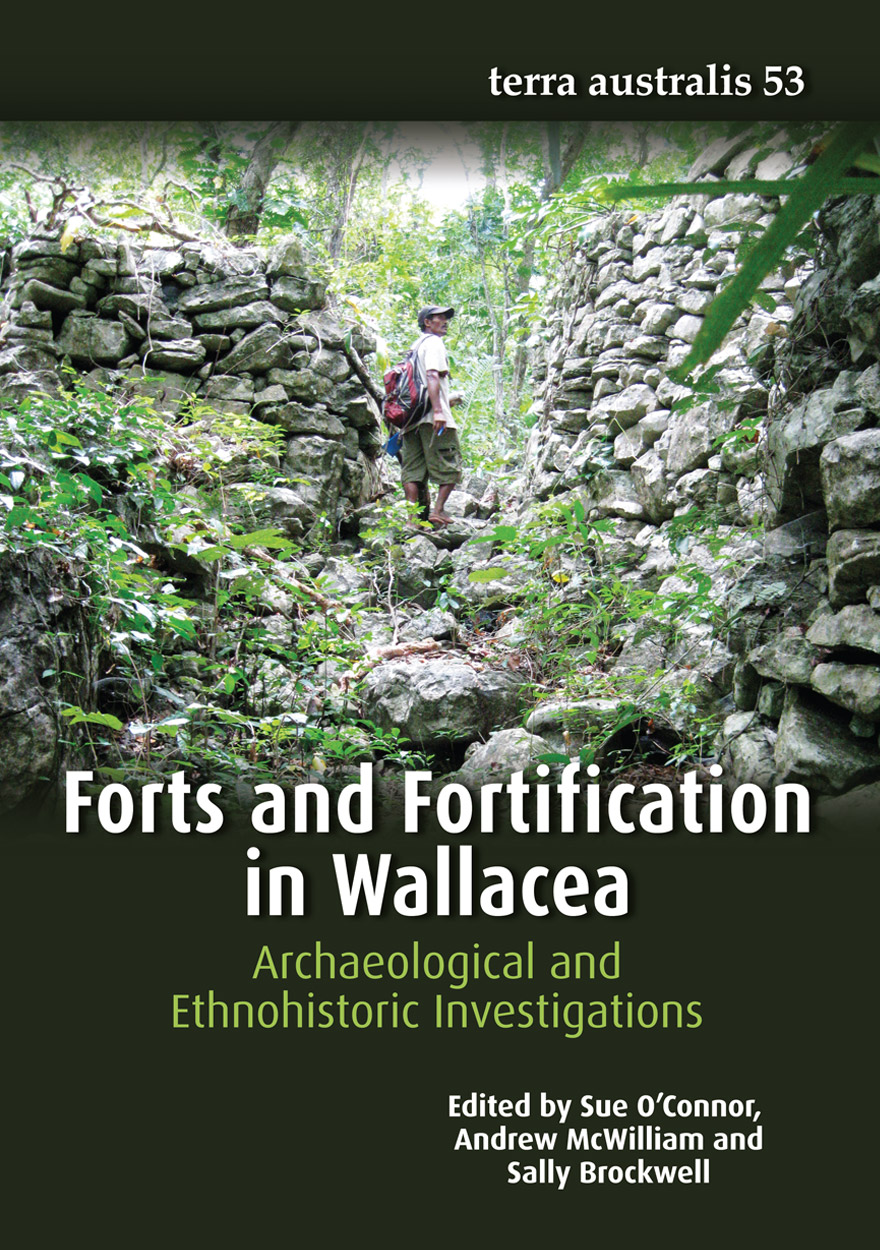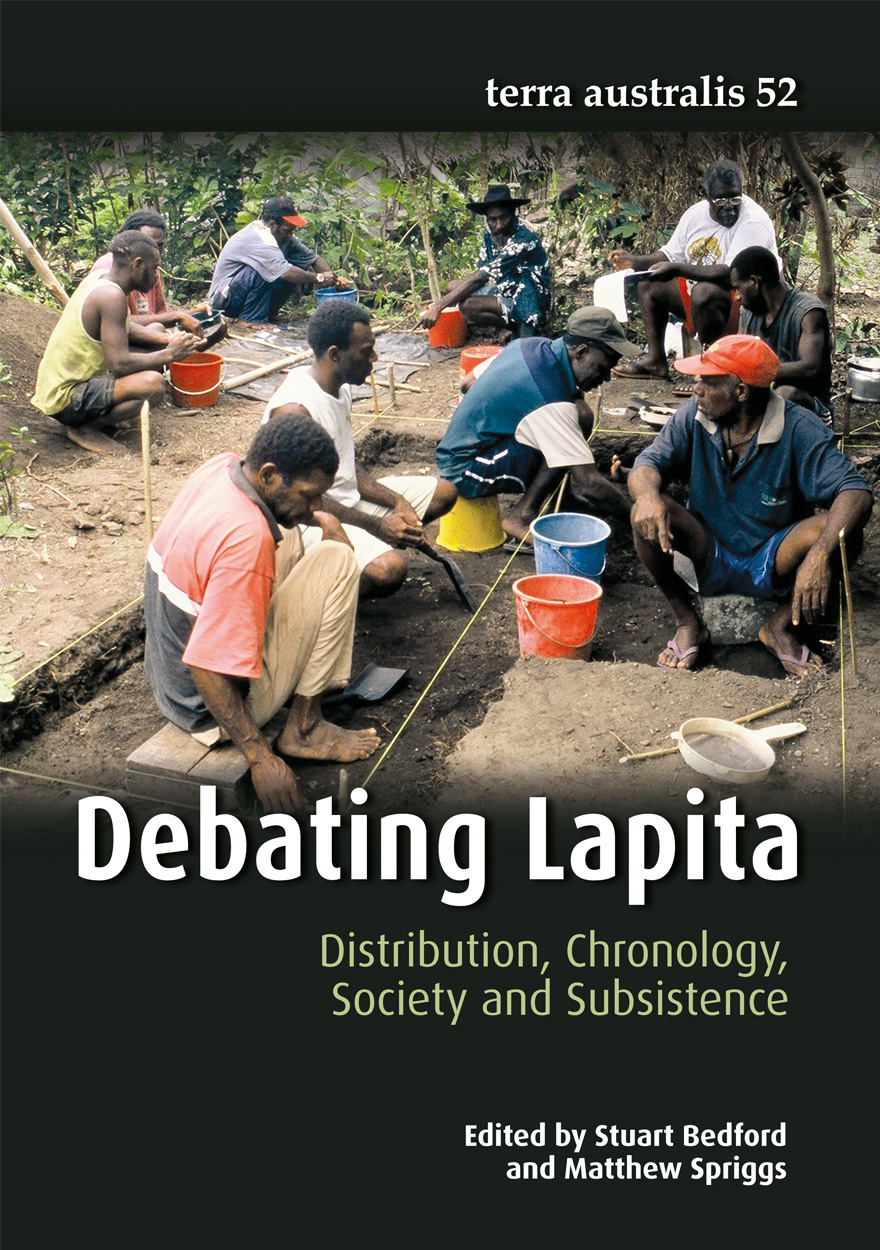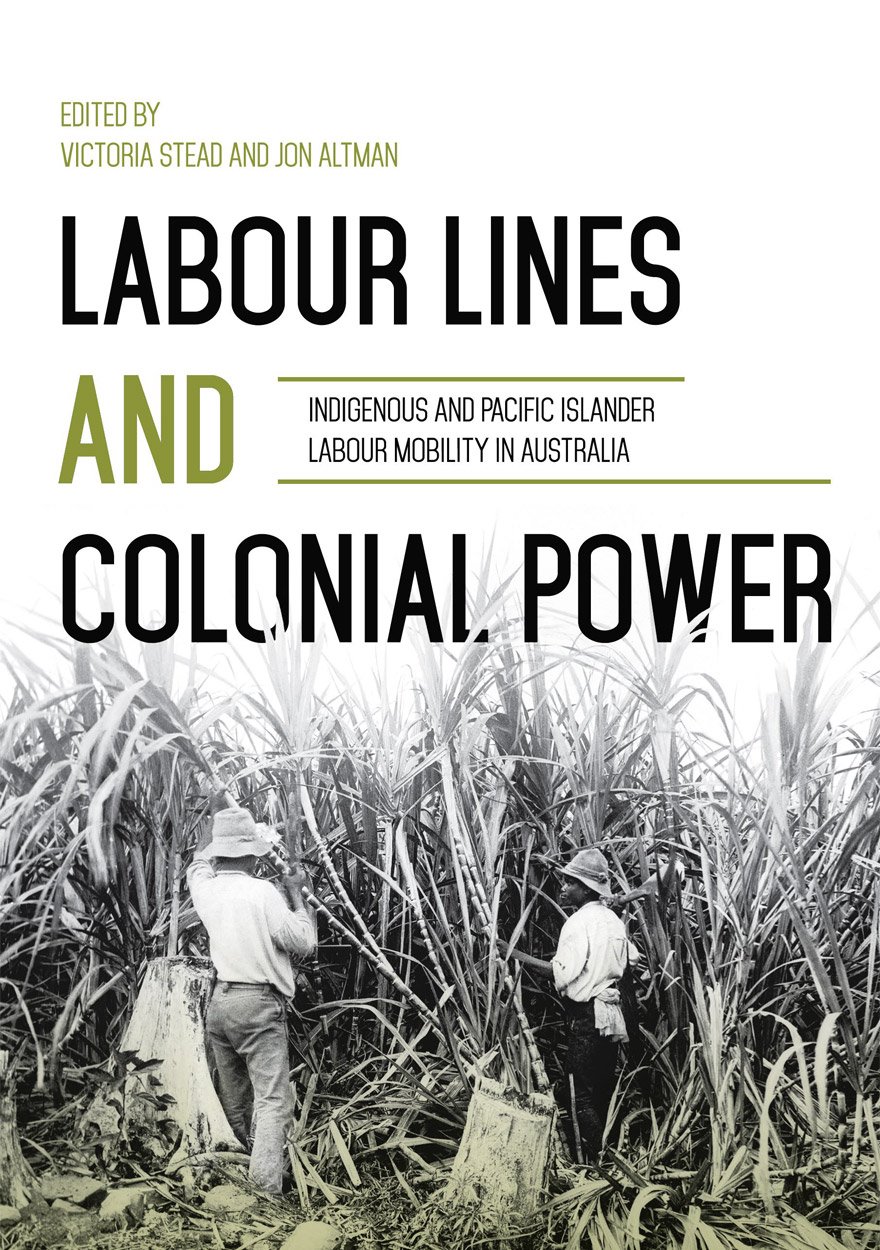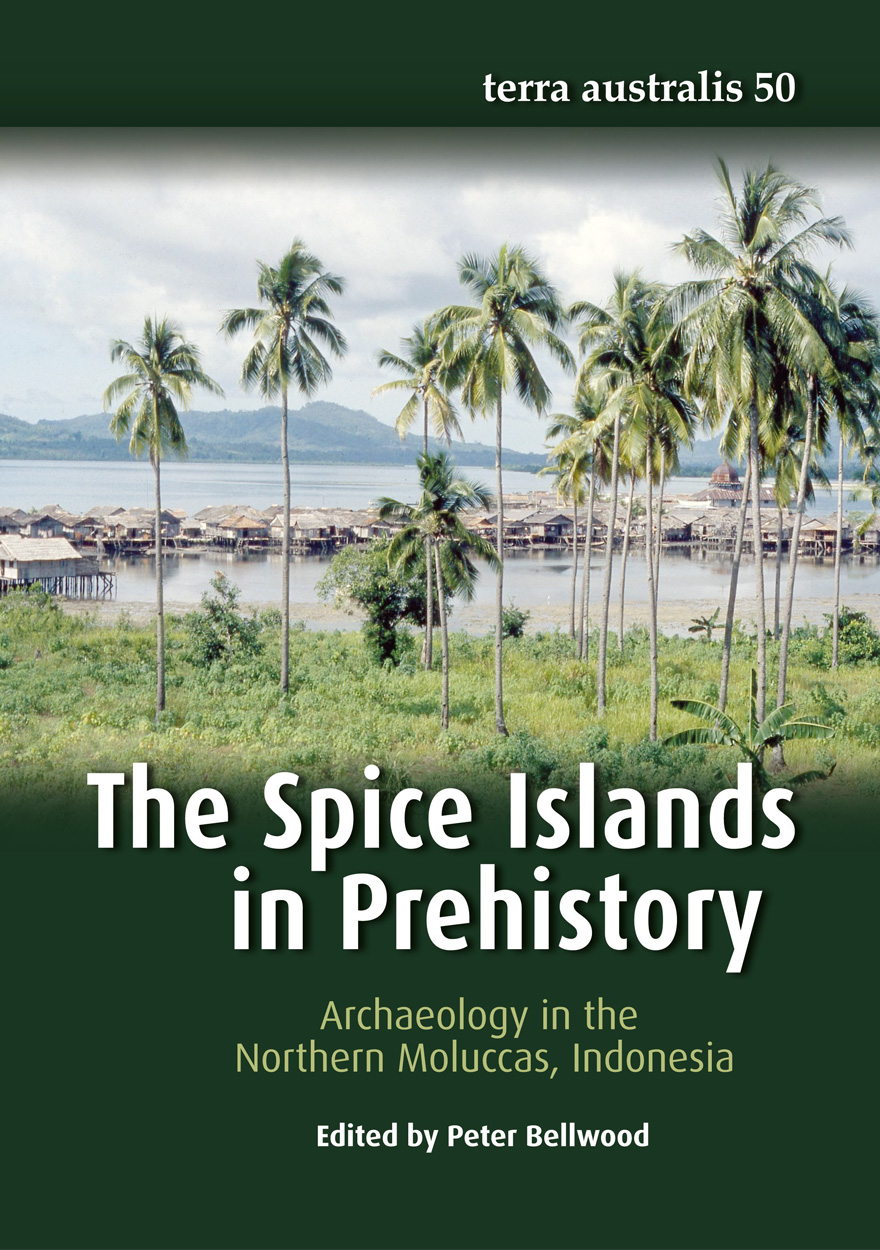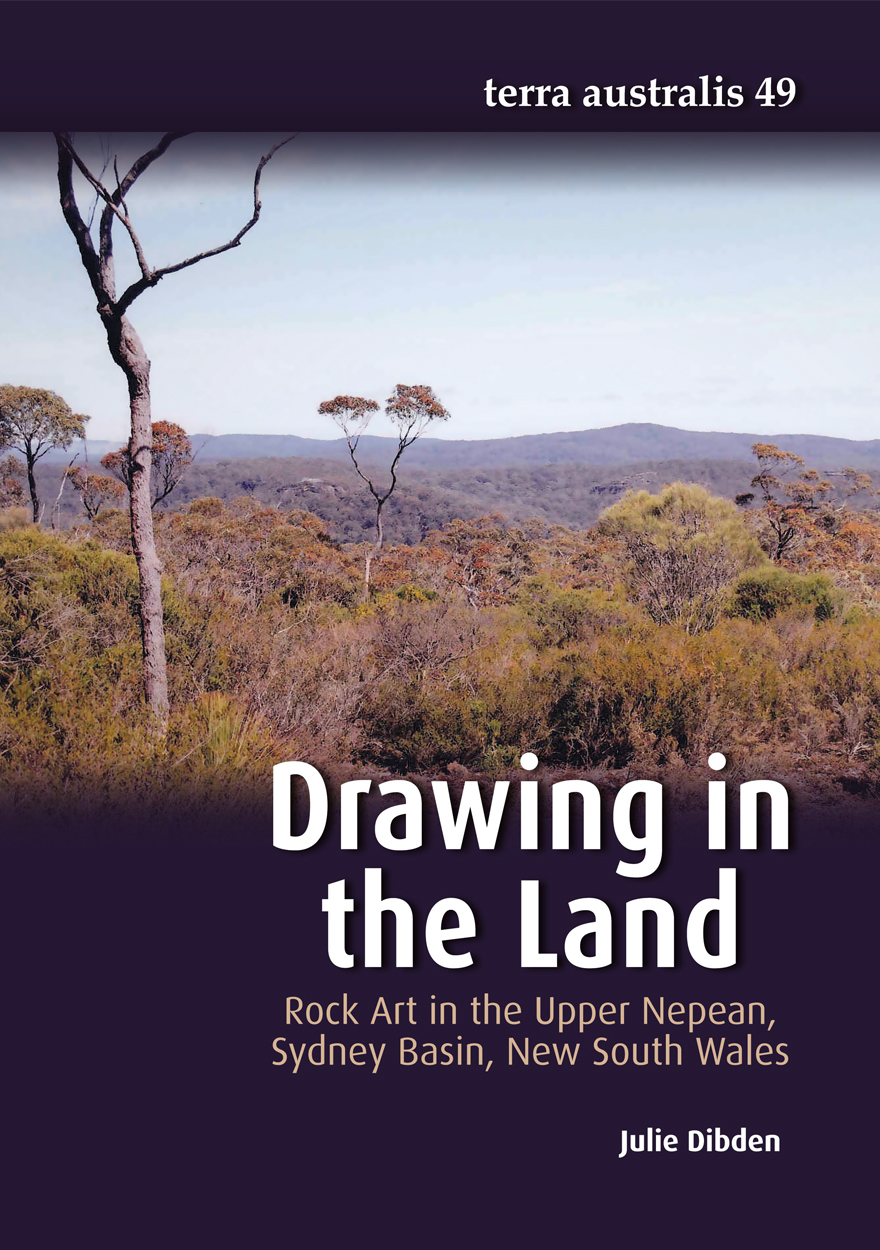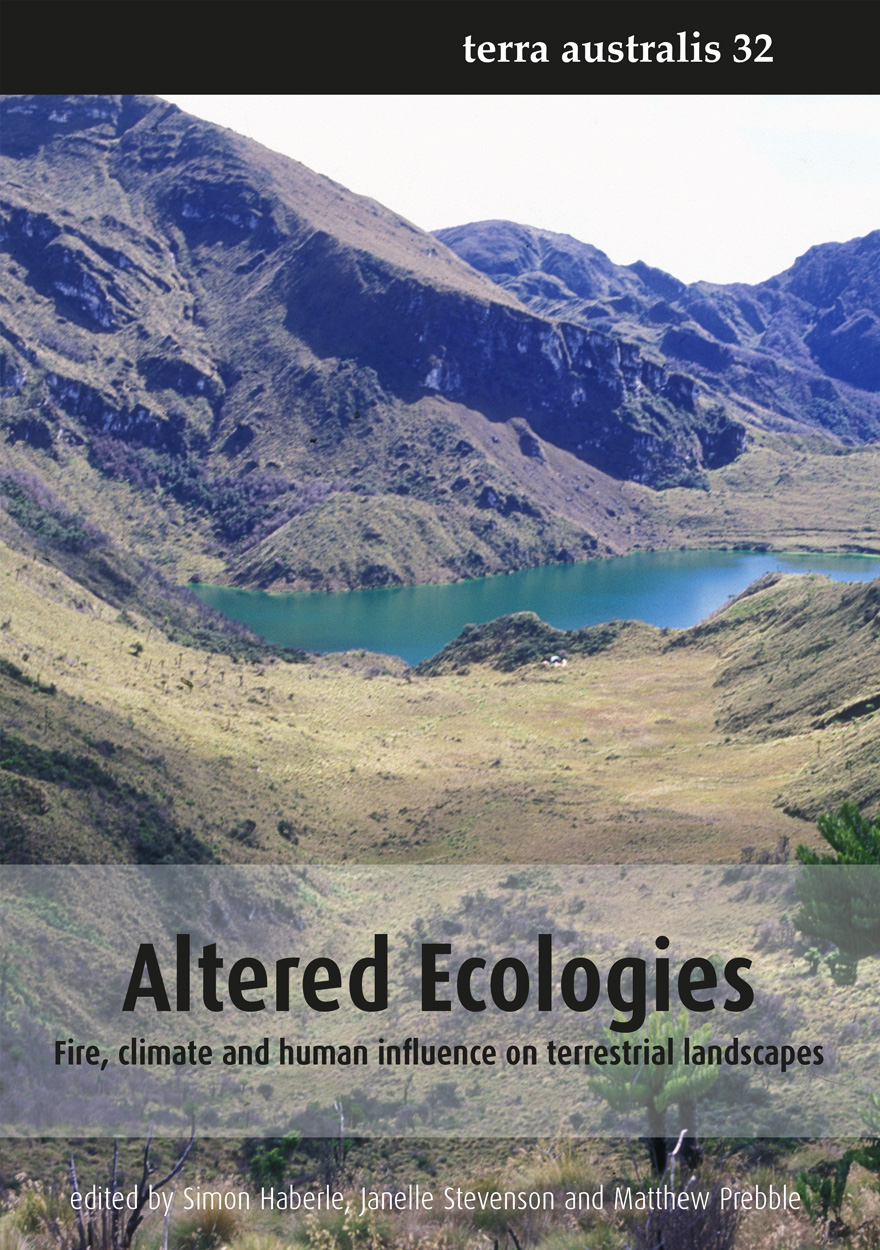
Altered Ecologies
Fire, climate and human influence on terrestrial landscapes
Edited by: S. Haberle, J. Stevenson, M. PrebblePlease read Conditions of use before downloading the formats.
Description
Like a star chart this volume orientates the reader to the key issues and debates in Pacific and Australasian biogeography, palaeoecology and human ecology. A feature of this collection is the diversity of approaches ranging from interpretation of the biogeographic significance of plant and animal distributional patterns, pollen analysis from peats and lake sediments to discern Quaternary climate change, explanation of the patterns of faunal extinction events, the interplay of fire on landscape evolution, and models of the environmental consequences of human settlement patterns. The diversity of approaches, geographic scope and academic rigor are a fitting tribute to the enormous contributions of Geoff Hope. As made apparent in this volume, Hope pioneered multidisciplinary understanding of the history and impacts of human cultures in the Australia- Pacific region, arguably the globe’s premier model systems for understanding the consequences of human colonization on ecological systems. The distinguished scholars who have contributed to this volume also demonstrate Hope’s enduring contribution as an inspirational research leader, collaborator and mentor. Terra Australis leave no doubt that history matters, not only for land management, but more importantly, in alerting settler and indigenous societies alike to their past ecological impacts and future environmental trajectories.
Details
- ISBN (print):
- 9781921666803
- ISBN (online):
- 9781921666810
- Publication date:
- Nov 2010
- Note:
- Terra Australis 32
- Imprint:
- ANU Press
- DOI:
- http://doi.org/10.22459/TA32.11.2010
- Series:
- Terra Australis
- Disciplines:
- Arts & Humanities: Archaeology; Science: Environmental Sciences; Social Sciences: Anthropology, Indigenous Studies
- Countries:
- Australia; Pacific: New Caledonia, Tonga, New Zealand, Samoa; Southeast Asia: Thailand
PDF Chapters
Please read Conditions of use before downloading the formats.
If your web browser doesn't automatically open these files, please download a PDF reader application such as the free Adobe Acrobat Reader.
To copy a chapter DOI link, right-click (on a PC) or control+click (on a Mac) and then select ‘Copy link location’.
- A D-section and a tin whistle: A tribute to Prof. Geoff Hope (PDF, 671KB) – Matthew Prebble doi
Ecosystem responses to long and short term climate change
- The contrasting biology of tropical versus temperate Nothofagus species and its relevance to interpretations of Cenozoic rainforest history in southeast Australia – Jennifer Read, Robert S. Hill, Geoffrey S. Hope and Raymond J. Carpenter doi
- Beneath the peat: A refined pollen record from an interstadial at Caledonia Fen, highland eastern Victoria, Australia – A. Peter Kershaw, G. Merna McKenzie, Jonathan Brown, Richard G. Roberts and Sander van der Kaars doi
- The vegetation cover of New Zealand during the Last Glacial Maximum: Do pollen records under-represent woody vegetation? – Matt S. McGlone, Rewi M. Newnham and Neville T. Moar doi
- Holocene vegetation history of a high-elevation (1200 m) site in the Lake Heron Basin, inland Canterbury, New Zealand – J. M. Pugh and J. Shulmeister doi
- Last Glacial Maximum habitat change and its effects on the grey-headed flying fox (Pteropus poliocephalus Temminck 1825) – J. G. Luly, David Blair, Jennifer G. Parsons, Samantha Fox and Jeremy VanDerWal doi
- Observations on feeding frequencies among native and exotic birds and fruitbats at Erythrina variegata and Dysoxylum trees on American Samoa – Julie A. Sherman and Patricia L. Fall doi
Human colonisation and ecological impacts
- Megafaunal extinctions and their consequences in the tropical Indo-Pacific – Richard T. Corlett doi
- Marsupials as introduced species: Long-term anthropogenic expansion of the marsupial frontier and its implications for zoogeographic interpretation – Thomas E. Heinsohn doi
- The empty coast: Conditions for human occupation in southeast Australia during the late Pleistocene – Sandra Bowdler doi
- Early Holocene human occupation and environment of the Southeast Australian Alps: New evidence from the Yarrangobilly Plateau, New South Wales – Ken Aplin, Fred Ford and Peter Hiscock doi
- Holocene lowland vegetation change and human ecology in Manus Province, Papua New Guinea – Matthew Prebble, Jean Kennedy and Wendy Southern doi
- Geomorphic and archaeological consequences of human arrival and agricultural expansion on Pacific islands: A reconsideration after 30 years of debate – Matthew Spriggs doi
- Pollen evidence for plant introductions in a Polynesian tropical island ecosystem, Kingdom of Tonga – Patricia L. Fall doi
- Integrating social and environmental change in prehistory: A discussion of the role of landscape as a heuristic in defining prehistoric possibilities in northeast Thailand – William E. Boyd and Nigel Chang doi
Fire and its role in transforming our environment
- A 40,000 year wood charcoal record from Carpenter’s Gap 1: New insights into palaeovegetation change and indigenous foraging strategies in the Kimberley, Western Australia – Susan Frawley and Sue O’Connor doi
- The burning question: Claims and counter claims on the origin and extent of buttongrass moorland (blanket moor) in southwest Tasmania during the present glacial-interglacial – Mike Macphail doi
- Ecological drift or stable fire cycles in Tasmania: A resolution? – Ian Thomas, Phil Cullen and Michael-Shawn Fletcher doi
- Restoration of mires of the Australian Alps following the 2003 wildfires – Roger Good, Genevieve Wright, Jennie Whinam and Geoff Hope doi
- Post-fire experimental trials of vegetation restoration techniques in the peatlands of Namadgi (ACT) and Kosciuszko National Parks (NSW), Australia – Jennie Whinam, Geoffrey Hope, Roger Good and Genevieve Wright doi
Methodological advances and applications in environmental change research
- The archaic and puzzling record of Lake Xere Wapo, New Caledonia – Janelle Stevenson, Richard Gillespie, Geoff Hope, Geraldine Jacobsen, Stewart Fallon and Vladimir Levchenko doi
- Comparative AMS 14C dating of plant macrofossils, beetles and pollen preparations from two Late Pleistocene sites in southeastern Australia – Nick Porch, A. Peter Kershaw doi
- Can Myrtaceae pollen of the Holocene from Bega Swamp (New South Wales, Australia) be compared with extant taxa? – Andrew H. Thornhill doi
- The evolution of a coastal peatland at Byron Bay, Australia: Multi-proxy evidence from the microfossil record – Kathryn H. Taffs, Brendan Logan, Jeff F. Parr and Geraldine E. Jacobsen doi
- Development of mountain peatlands in stable equilibrium with open-channel hydraulics: A new concept in peatland formation and maintenance – Rachel Nanson doi
- Glacier crippling and the rise of the snowline in western New Guinea (Papua Province, Indonesia) from 1972 to 2000 – Michael L. Prentice and S. Glidden doi
- Altitudinal limits of 230 economic crop species in Papua New Guinea – R. Michael Bourke doi
Reviews
‘We can only be forever grateful that this wonderful Terra Australis series can be freely downloaded from the web whenever it is needed or bought as a high quality paperback.’
—Bruno David, Australian Archaeology, Number 76, 2013.
Other publications that may interest you






